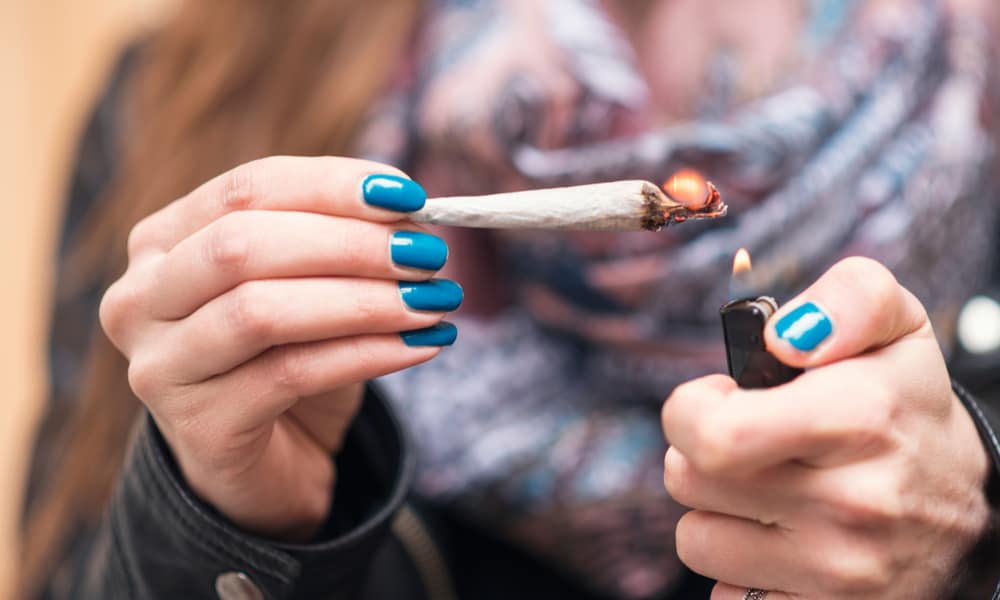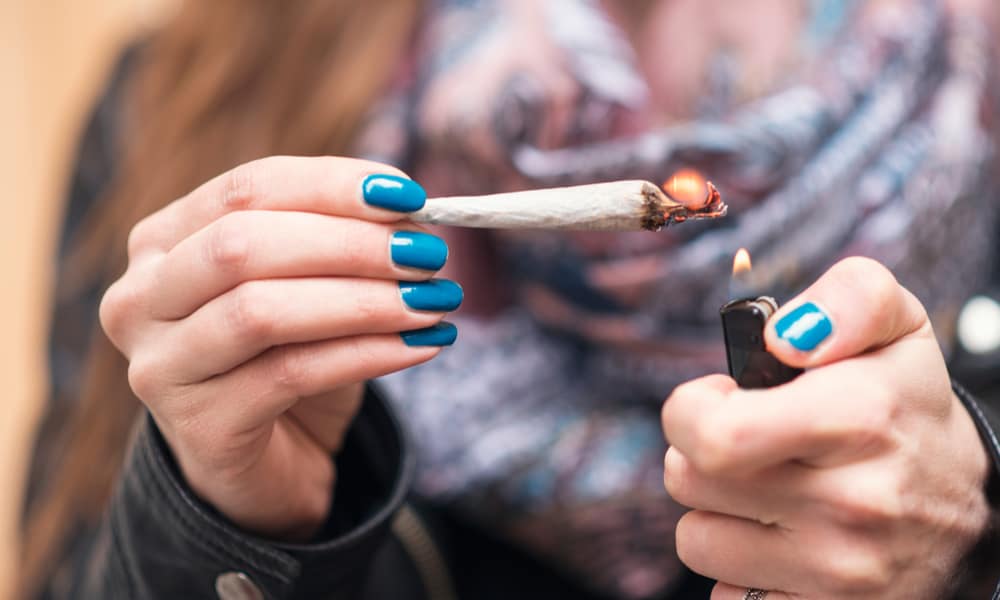
In 2018, a Californian made a legal cannabis purchase every 8 seconds. Together, Californians spent around $2.5 billion on legal weed. And even though that spending was down half a billion dollars from 2017, when retailers could only legally sell to medical cardholders, it brought with it a number of important changes to the industry’s consumer demographics. Those changes will undeniably shape the future of the industry. So what are they?
The Golden State of Cannabis, 2018 Edition
California is the fifth largest economy in the world. And even with Canada’s full legalization last October, California is still the largest cannabis market in the world. The trends emerging there are bellwethers of what to expect globally, and marketing and research firms are thusly keeping a close watch.
Gathering sales statistics from a database of 450,000 California cannabis consumers and usage data from almost 4,000 survey respondents, the cannabis delivery platform Eaze has a new report revealing just how transformative 2018 was for the legal industry.
Eaze’s Report on 2018 Consumer Trends in Cannabis: Major Takeaways
Below, we’ll dive into some of the nitty gritty of Eaze’s exciting new analysis of the emerging consumer trends in the legal marijuana industry. But first, here are the major takeaways from their report.
Cannabis consumers are becoming much more diverse
And the two major demographics most driving that change are Baby Boomers (i.e. the 76 million folks currently between 54 and 74-years-old) and women—you know, more than half the population. Boomers weren’t just one of the fastest growing consumer groups, either. They were also the spendiest, forking out an average of $95.04 each month. Gen Xers were a close second, spending $89.14 each month. The average age of a cannabis consumer is 31.
Wellness-focused cannabis consumers made cannabidiol (CBD) the breakout star of the year
Across a number of different groups and categories, the popularity of CBD is growing at a remarkable rate. CBD already claims a more than $2.1 billion market— and counting.
The cannabis consumer “gender gap” is on its way out
The number of women who consumed cannabis in 2018 almost doubled. That vastly outpaces men, of course, and brings women’s share of the consumer market up to 38 percent. Experts expect the ratio to even out by 2022.
Cannabis consumers are ditching OTC and prescription drugs
What’s more, Eaze says correlating usage data with purchase data shows that high-dose consumers are the most likely to reduce their consumption of prescription and over the counter medication.
These major takeaways are related. It’s first-time buyers, the new crop of consumers, that are driving wellness-oriented purchases.
Taking a Closer Look at California’s 2018 Cannabis Consumer Trends
While Eaze’s database only represents purchases made through its platform, it can provide an interesting view of the smaller, but still crucial changes shaping the industry today. Here’s a closer look at those transformations and what’s driving them.
Convenience is Shaping the Kinds of Products Cannabis Consumers Buy
The popularity of cannabis concentrates, especially vape pens, is through the roof. And concentrate purchases are closing fast on more traditional flower purchases.
For now, the differences between them in absolute terms isn’t so stark. But, in 2018, products that didn’t require accessories or paraphernalia increased in popularity the most over flower purchases. Convenient consumption is a definite preference, even when it comes to edibles. Gummies won the year as the most popular edible, followed by “bites” and then larger chocolate bars.
Gender is Shaping Cannabis Consumer Preferences
Eaze says women purchase more edibles, drops, and topicals. Men, by contrast, purchase more flower and concentrates. This data helps highlight how women are driving the health and wellness trends in the cannabis industry. Drops and topicals, especially those containing CBD, became much more popular in 2018, despite being around for decades.
Furthermore, Eaze says women consumers report using cannabis more for personal care and sleep. Men say they use cannabis for at-home entertainment and when they engage in athletic activity.
Across Generations, New Trends are Emerging
Two of the major trends highlighted by Eaze’s report are the growth of Baby Boomer consumers and cannabidiol (CBD). Not surprisingly, both are closely tied together. Boomers are driving the CBD surge, spending the most, even as interest in CBD grew faster among women.
A couple other interesting generation trends emerged, related to the overall trend of cannabis consumers using less over-the-counter and prescription meds. Generation Z weed consumers were the most likely to reduce tobacco use. Millennials, on the other hand, were the most likely to reduce alcohol consumption.
U.S. War Veterans and People with Disabilities Were Standout Demographics
Veterans who consumed cannabis were twice as likely to quit tobacco use, Eaze says. Veterans are also seeking more info on CBD than any other group. They’re also the most likely group to consume cannabis with family, twice as much as other groups.
People with disabilities were more likely to use CBD products than THC products. They were also significantly more likely to reduce the use of prescription medications, even as that likelihood fell across all groups. However, people with disabilities were the most likely group to report the cost of cannabis products as an issue hampering their access. Veterans made up 3 percent of Eaze’s consumer database. People with disabilities represented 11 percent.











